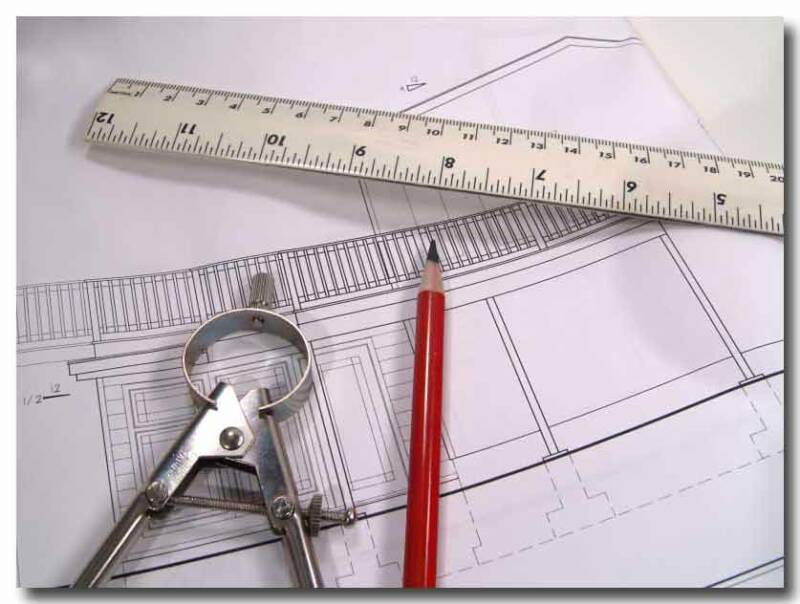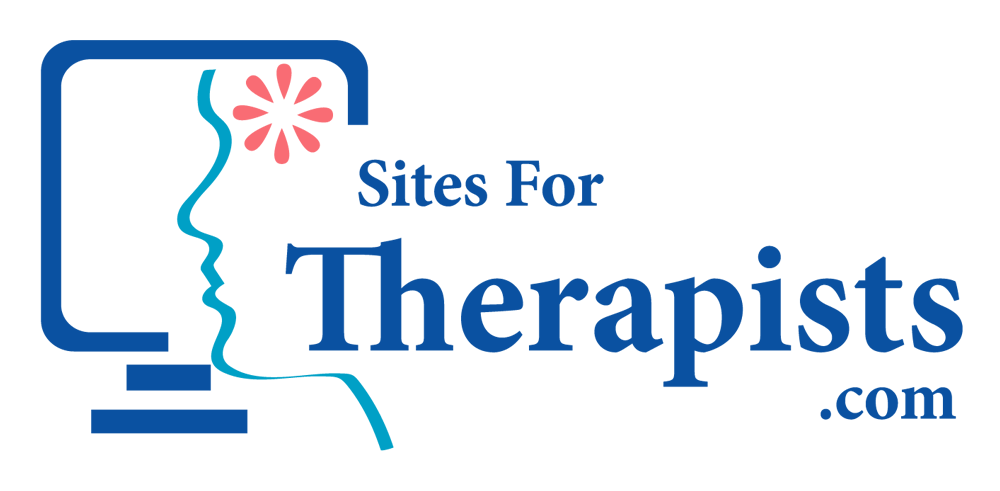Copyright 2005-2011 www.sitesfortherapists.com. All rights reserved
When designing a website, there are some fundamental concepts that are important to know. Becoming familiar with these general principles will help you design a site with a layout that is both functional as well as pleasing to the eye.
Below is a list of these essential elements. Though this list is not exhaustive, it does include the basics you will be needing to consider when building your own site.
Home Page
Your home page is also commonly known as the "index" page for internet address identification purposes. Your home page should clearly let the visitor know what the site is about. It is often helpful to offer a "mission statement'" of some type.This allows visitors to quickly get a sense of who you are and what you have to offer.
The homepage should have clear and easy to find navigation links. These are usually found at top, bottom, left or right on most pages of your site. They should be the same for each page. These should help the visitor get an idea of what your site has to offer on other pages.
Top
Font Size
Most of your content will be in text format. The size of the text should be readable without effort to the visitor. A font size of 12 - 13 is common. Be sure to use an easy to read font type. This text, for example, is in "Helvetica." If you have long portions of text on your pages, be sure to break them up into short paragraphs.
Line Length
Each line of text should be of a comfortable length. Approximately 10 - 20 words is a good length. If the lines are too long, the visitor my have trouble finding the next line of text. Also, if you have long pages of content, be sure to put a "top" link at the bottom of the page. Your visitor can return to page top with just one click. See the bottom of this page.
Emphasis
If you have a need to emphasize text in your content, be sure to do this sparingly. If you fill your lines of text with bold, underlined, or multi-colored words, it will be difficult to read. It will also have a choppy and cluttered appearance to the reader.
Graphics
Placing graphic images on your site can make it it more pleasing to the eye, as well as being a communication tool. As they say, a picture is worth a thousand words. You can display products, use images artistically to enhance your pages, or place a photo of yourself for potential clients. Be sure to use smaller size image files. A good rule of thumb is under 50 KB size. They load faster. Too many images on a page will cause it to load slowly, especially if your visitors have a dial up connection.
Links
If you place text links (words of text that are linked to other parts of your site), be sure to keep them underlined (this happens each time you create a link). Your visitors need the underline, so they will know it's a link. If you need to remove the underline, be sure to indicate which words are a link by using the words "click here".
Headings
When you use headings for different portions of your pages, try to begin each one with a verb when possible. This tells your readers either what to do or what they will be doing. For example, use the heading "Sign my guest book" instead of "Guest book".
Color scheme
Be sure to use colors or color combinations that are pleasing to the eye. Well matched colors look professional. As a psychotherapist, what colors do you want to use?
Test before publishing
Check to be sure that all parts of the site are functional. This is the time to "debug" any problems - not after you have already published and marketed the site. Double check grammar and spelling. People's first impressions matter. Ask your friends and colleagues to go to your site and give you honest feedback about it's appearance and functioning. After that, sit back and enjoy!



Sites For Therapists